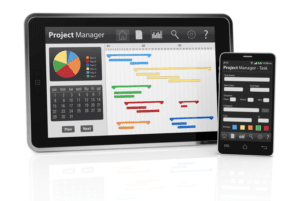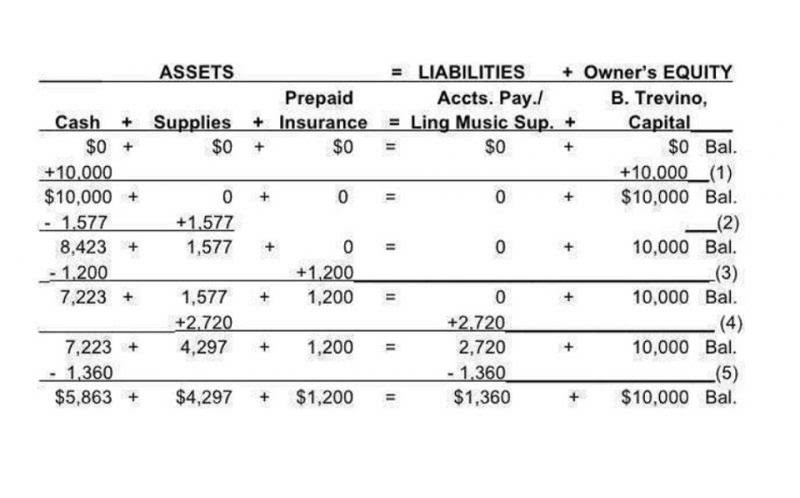1 4: The Concept of Opportunity Cost Business LibreTexts

Money that a company uses to make payments on its bonds or other debt, for example, cannot be invested for other purposes. So the company must decide if an expansion or other growth opportunity made possible by borrowing would generate greater profits than it could make through outside investments. And that’s not even considering inflation, or the steady loss in purchasing power cash falls victim to over time. If you choose to stay in cash long term, not only are you missing out on the opportunity to grow that money in the stock market, but your dollars are also losing value by around 2% each year. The basic formula for opportunity cost is the same in academic economics as it is in everyday use—it’s just expressed differently. Opportunity costs may have explicit financial costs, like when you choose to use your dollars for one thing instead of another, or implicit costs.
- Money that a company uses to make payments on its bonds or other debt, for example, cannot be invested for other purposes.
- We use the term opportunity cost to remind you occasionally of our idiosyncratic notion of cost.
- Accounting profit is the net income calculation often stipulated by the generally accepted accounting principles (GAAP) used by most companies in the U.S.
- Room and board are a cost of an education only insofar as they are expenses that are only incurred in the process of being a student.
- When considering two different securities, it is also important to take risk into account.
Companies try to weigh the costs and benefits of borrowing money vs. issuing stock, including both monetary and non-monetary considerations, to arrive at an optimal balance that minimizes opportunity costs. Because opportunity cost is a forward-looking consideration, the actual rate of return (RoR) for both options is unknown at that point, making this evaluation tricky in practice. Everyday examples of opportunity costs which one of these represents an opportunity cost? might include choosing to commute using public transit for 80 minutes instead of driving for 40 minutes. You might save on the cost of gas but double the trip length and miss out on other things you could have done during that time. Whether it means investing in one stock over another or simply opting to study for a big math exam instead of meeting a friend for pizza, opportunity cost pervades every facet of life.
The True Cost Of Investing: Opportunity Cost
The latter won’t hurt your wallet but will cost you the chance to do other things with your time or energy, which actually can have indirect impacts on your finances. Buying 1,000 shares of company A at $10 a share, for instance, represents a sunk cost of $10,000. This is the amount of money paid out to invest, and it can’t be recouped without selling the stock (and perhaps not in full even then). One of the most dramatic examples of opportunity cost is a 2010 exchange of 10,000 bitcoins for two large pizzas—at the time worth about $41. As of March 2024, those 10,000 bitcoins would be worth over $700 million. Alternatively, if the business purchases a new machine, it will be able to increase its production.

This opportunity cost would be lost if they decided to make the soles in-house. Remember, they already own the equipment to make them, but that is a sunk cost, as there is no way to recoup that cost anyway. This theoretical calculation can then be used to compare the actual profit of the company to what its profit might have been had it made different decisions. Suppose, for example, that you’ve just received an unexpected $1,000 bonus at work. You could simply spend it now, such as on a spur-of-the-moment vacation, or invest it for a future trip.
Opportunity cost formula
Economists commonly place a value on time to convert an opportunity cost in time into a monetary figure. Because many air travelers are relatively highly paid businesspeople, conservative estimates set the average “price of time” for air travelers at $20 per hour. Accordingly, the opportunity cost of delays in airports could be as much as 800 million (passengers) × 0.5 hours × $20/hour—or, $8 billion per year. Clearly, the opportunity costs of waiting time can be just as substantial as costs involving direct spending. The same process of selecting between payment and action may be employed to monetize opportunity costs in other contexts.
